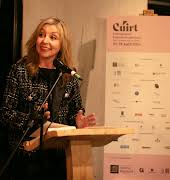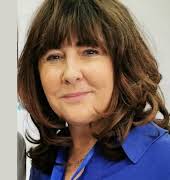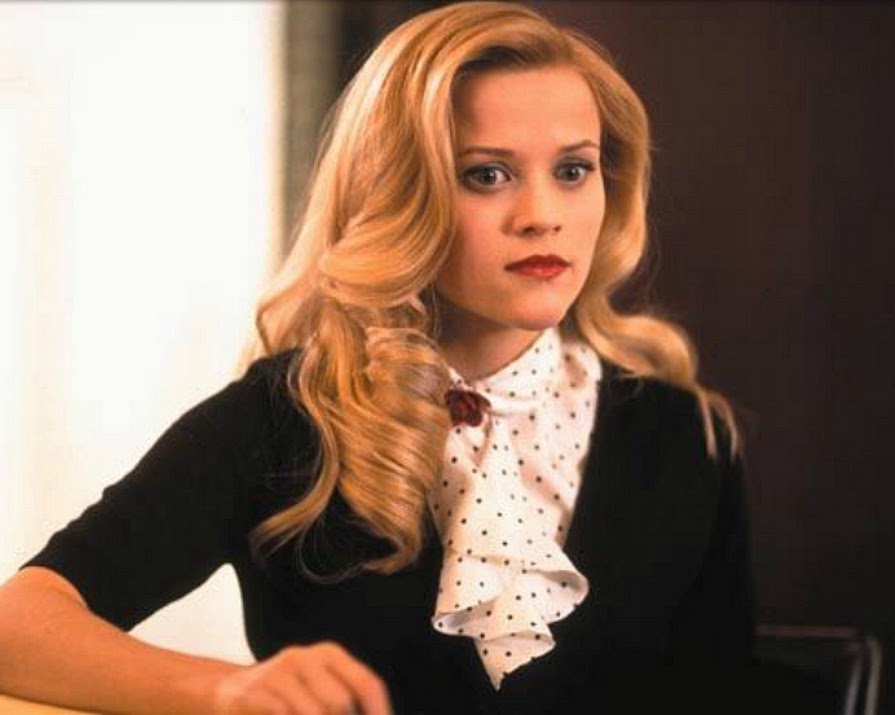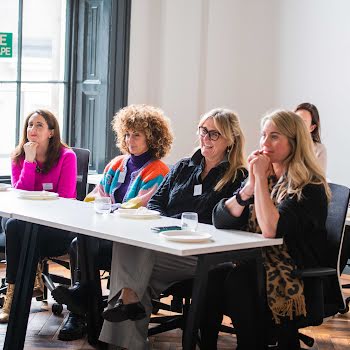
By Jennifer McShane
01st Apr 2016
01st Apr 2016
When we talk about things like the wage gap, we often surmise that if this gap were closed, this would solve?at least this aspect of inequality in the workplace. However, in some depressing?new research, we’re shown that the issue isn’t as simple as that. Unfortunately, just because the gap is closed between men and women doesn’t mean that women will be paid more than they are now.
A recent study?by NYU, UPenn, and the University of Haifa in Israel determined that women start getting into a male-dominated field in large numbers, pay in that field decreases across the board. Troublingly, the New York Times‘ research suggests that this could be because the female contribution to the workplace isn’t valued as highly.
The new study from researchers at Cornell University found that the difference between the occupations and industries in which men and women work has recently become the single largest cause of the gender pay gap, accounting for more than half of it. In fact, another study shows, when women enter fields in greater numbers, pay declines – for the very same jobs that more men were doing before. They figured this out by examining census data between 1950 and 2000.
NYU sociology professor Paula England said gender bias crept in, even if a profession had been dominated by males (who were paid more for the same job) and then reverted to females. According to her, once women start doing a job, ?It just doesn’t look like it’s as important to the bottom line or requires as much skill,? she said. ?Gender bias sneaks into those decisions.?
The research found that when women moved into occupations in large numbers, those jobs began paying less even after controlling for education, work experience, skills, race, and geography. And there was substantial evidence that employers placed a lower value on work done by women. ?It’s not that women are always picking lesser things in terms of skill and importance,? she explained. ?It’s just that the employers are deciding to pay it less.?
And though she acknowledges?that the wage gap is closing, the difference remains wide and stark: “Even when women join men in the same fields, the pay gap remains. Men and women are paid differently not just when they do different jobs but also when they do the same work.” Research by Claudia Goldin, a Harvard economist, has found that a pay gap persists within occupations. Female physicians, for instance, earn 71%?of what male physicians earn, and lawyers earn 82%.
Though the findings are glum (jobs don’t become less important based on the gender of the person doing the job), this is another reason companies and employers need to be aware of the pay gap divide in their workforce. The sooner everyone starts closing the gap and paying?wages on equal terms regardless of gender, the sooner that wage gap might no longer be an issue.
Read more about the study here.























